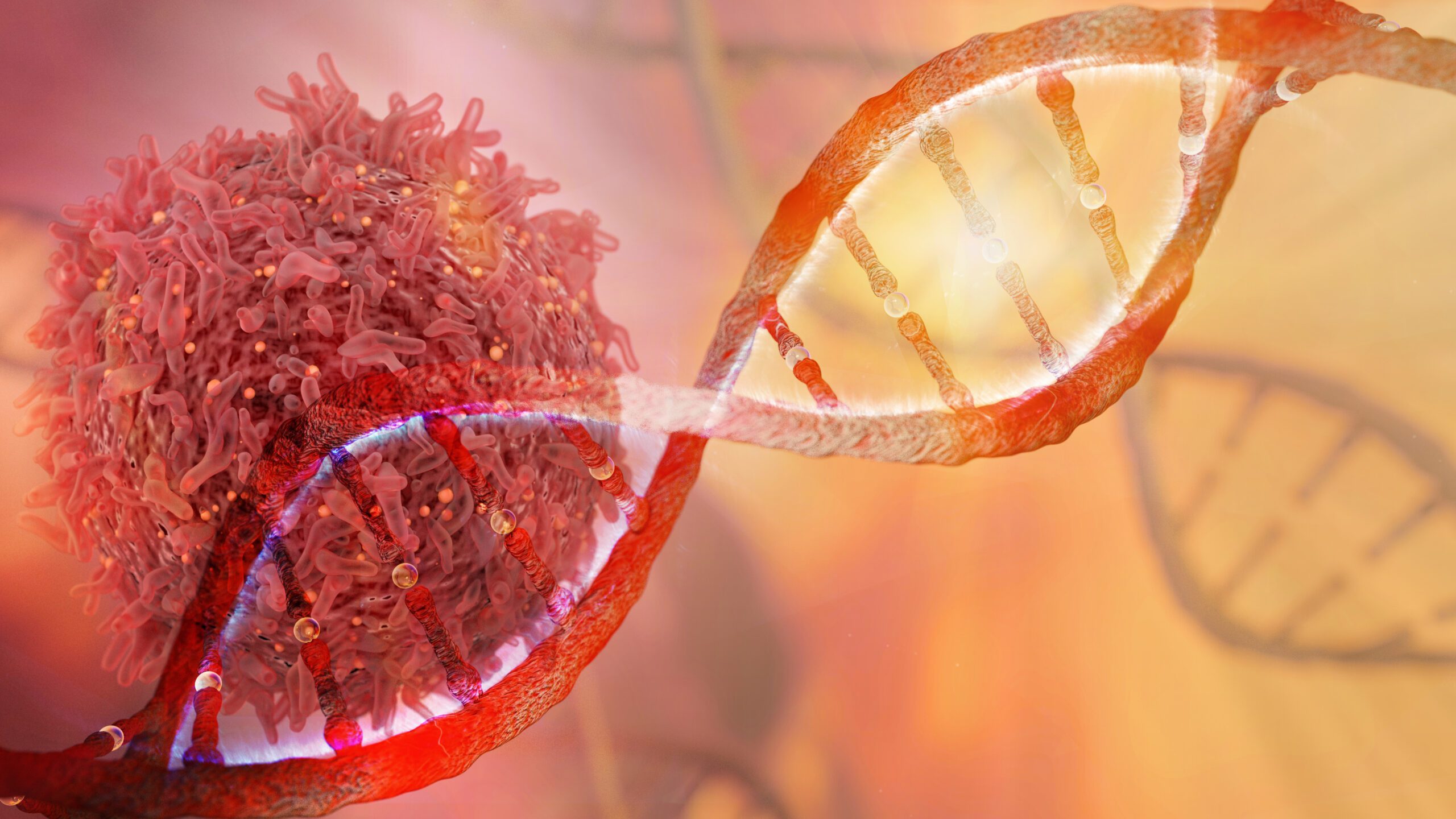The Current State of Gene Delivery: Promise and Limitations
Gene delivery holds transformative potential for the treatment of human disease. As our understanding of genetics and molecular delivery has deepened, the promise of curing genetic diseases by repairing or replacing faulty genes has become reality. Imagine a world where inherited conditions, from cystic fibrosis to muscular dystrophy, can be treated or even eradicated at the source—the very DNA sequences causing them.
At the heart of this revolutionary approach is gene delivery, the process of introducing new genetic material into cells. The goal? To replace defective genes or restore normal function to the cell. Among the various methods available for gene delivery, viral-based systems have been at the forefront.
Viral-Based Gene Delivery: An Overview
Viruses have evolved over hundreds of millions of years to effectively introduce their genetic material into host cells—a feature scientists have leveraged for therapeutic gene delivery. By replacing the viral genes with therapeutic ones, these modified viruses can serve as vehicles, or vectors, to introduce the therapeutic genes into patient’s cells.
Several viral vectors, including adenoviruses, lentiviruses, and adeno-associated viruses (AAVs), have been explored and even utilized in FDA approved therapies beginning with the approval of Tisagenlecleucel in 2017 for the treatment of refractory (r/r) pediatric and young-adult B-cell acute lymphoblastic leukemia. Furthermore, the success of ZolgensmaÒ, a gene therapy approved in 2019 for spinal muscular atrophy using AAV, showcased the monumental potential of viral-based gene delivery. Currently, there are 32 FDA approved cell and gene therapy products, over 1,000 active clinical trials, over 3,000 candidates in pre-clinical development, and to date, the FDA has received nearly 1,000 IND applications for clinical studies in the gene therapy space highlighting an expected boom in cell and gene therapy approvals and entry into the market.
Central Ohio: A Gene Therapy Hub
Since the first FDA approved gene therapy in 2017, 2 treatments (ZolgensmaÒ) for the treatment of spinal muscular atrophy and ElevidysÒ for Duchenne’s Muscular Dystrophy) were invented and developed in Central Ohio both beginning at Nationwide Children’s Hospital. Several Biotech companies including Myonexus Therapeutics (acquired by Sarepta Therapeutics) and Andelyn Biosciences have spun-out of Nationwide Children’s Hospital, where Sarepta R&D and Adelyn Biosciences are both located in Central Ohio.
Importantly, multiple Founders of gene therapy Biotech companies are located in Central Ohio from Nationwide Children’s Hospital and The Ohio State University including Drs. Jerry Mendell, who led efforts to develop ElevidysÒ for Duchenne’s Muscular Dystrophy; Louis Rodino-Klapac, chief science officer at Sarepta Therapeutics, Michael Triplett, who co-founded Myonexus; and Erandi De Silva and Timothy J. Miller who co-Founded Forge Biologics and are poised accelerate and grow the industry. Importantly, the success of Forge Biologics and Adelyn Biosciences, who focus on manufacturing gene therapy products and among the largest gene therapy manufacturers (Forge) in the world, along with Nationwide Children’s Hospital, provide a phenomenal foundation for the cell and gene therapy Biotech ecosystem in Central Ohio. In terms of new gene delivery therapeutic development, Forge Biologics has their own development pipeline in addition to Sarepta Therapeutics. In support of Central Ohio becoming a cell and gene therapy hub, the Alliance for Regenerative Medicine, world leading advocate for cell and gene therapeutic development, published a report in March 2022 highlighting hubs across the country that include California and Boston (long time leaders), but also noted Houston, Texas and Columbus, Ohio as smaller yet growing hubs. Thus, the Central Ohio region is a leading force for the development of gene therapies to save patient lives.
Limitations of Viral-Based Delivery
Although viral associated gene delivery is at the forefront of pre-clinical and clinical development to cure genetic based diseases, challenges remain. Some of the limitations include:
Immune Responses: The immune system often recognizes and attacks the viral vectors, potentially diminishing the therapeutic efficacy and sometimes leading to harmful inflammatory reactions.
Capacity Constraints: There is a limit to the amount of DNA that viral vectors can carry. This can be a challenge when trying to deliver larger genes.
Manufacturing and Pricing Challenges: Producing viral vectors at a scale required for broad therapeutic applications is complex, time-consuming, and expensive (cost of a single dose is estimated at between $1-2 million by the Institute for Clinical and Economic Review (ICER)). This leads to price tags of up to $3.5 million per single treatment dose (ICER).
Safety Concerns: There is always a risk, however minimal, of the virus reverting to its infectious form or causing unwanted genetic changes. Furthermore, at present viral gene therapy is non-targeted meaning various cell types not impacted by disease are internalizing the therapy, which could result in undesired side effects.
Looking Ahead
Despite the challenges, the future of gene delivery remains bright. The potential to treat or even cure genetic diseases is too significant to ignore. As research progresses, alternative non-viral methods, improved vector designs, safer delivery techniques, and automated approaches to reduce manufacturing costs and pricing are being explored.
In the evolving landscape of gene therapy, the ultimate goal remains consistent: to harness the power of our genetic code to improve and save lives. The journey may be filled with challenges, but the destination—a world where genetic diseases are a thing of the past—remains a compelling vision that drives scientists and researchers worldwide.
At DNA Nanobots we are experts in a field that is about to explode. If you have a therapeutic that you want delivered, we would love to help you do that. You provide the therapeutic, we provide the vehicle. Contact us at info@dnananobots.com or click below anytime.
by Dr. Christopher Lucas, Co-Founder and CSO


